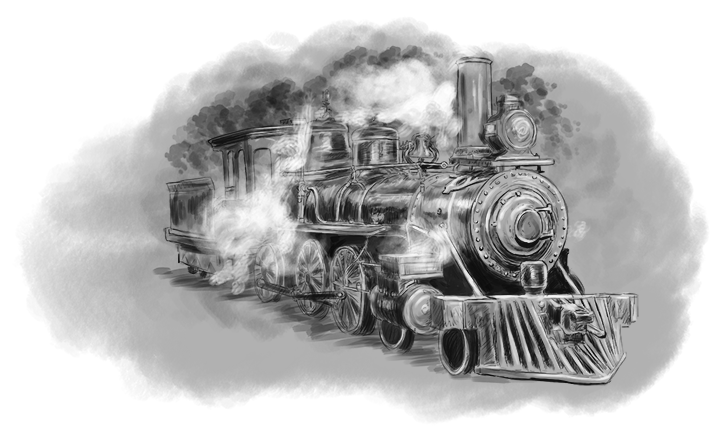How Did Midland, Texas Get Its Name?
Established in June of 1881, just thirty six years after Texas was granted statehood and only seventeen years before the Spanish American War, Midland was originally known as the Midway Station on the Texas and Pacific Railway. The town’s name earned from the station’s central location between Fort Worth and El Paso. Originally established with the goal of creating a transcontinental railroad between Marshall, Texas and San Diego, California construction difficulties delayed progress, even with the financial backing of American financier Jay Gould, and rail line only made it as Sierra Blanca, where it connected with the Southern Pacific line.
Originally just a section house, Midway’s first permanent residents, Herman N. Garrett and his brothers Jim and John Cullen, sheep ranchers from California. The ranchers were brought by news of far-reaching grasslands with good climate. The name of the city changed in January of 1884 when the town’s first Post Office opened, and due to there already being a number of other towns in Texas with the name Midway.
The same year the post office opened an Ohio real estate firm bought land there and established the Midland Town Company. This business began to promote settlement across the Midwest, drilling wells for water and auctioning land, helping to increase the town population by one hundred families within less than a year.
Development of the town moved quickly with the organization of Midland County and the town of Midland being made the county seat in March of 1885. Being that many of the early settlers were ranchers it’s no surprise that by 1906 Midland had become one of the most important cattle shipping centers in all of Texas.
In 1906 Midland was also officially incorporated as a city. Despite suffering three major fires between 1905 and 1909, by 1914 it had an estimated population of around 2,500, bolstering two banks, a cotton gin, three lumber yards, and an opera house capable of seating 300 people. 1915 saw the addition of yet another railroad, The Midland and Northwestern line, linking the city with Seminole. In 1923 oil was discovered in the Permian Basin, with Midland soon becoming the center for administration for many oil fields in West Texas, with thirty six oil companies maintaining offices in the city by 1929.
With the onset of the Great Depression the nation’s demand for petroleum fell and so did Midland’s profits, but the city saw a boom when Midland became host to the largest bombardier training base in the country during World War II. After the war Midland experienced a second boom with the discovery of the Spraberry Trend oil field, still ranked today as the third largest oil field in America.
Formed and named for its central location and later became known as a center for cattle and then for petroleum and even for training of America’s troops in time of war, Midland, Texas has always been at the center of many things. The city remains one of the most aptly named cities in American history, and will forever be known as a central fulcrum on which West Texas pivots.

